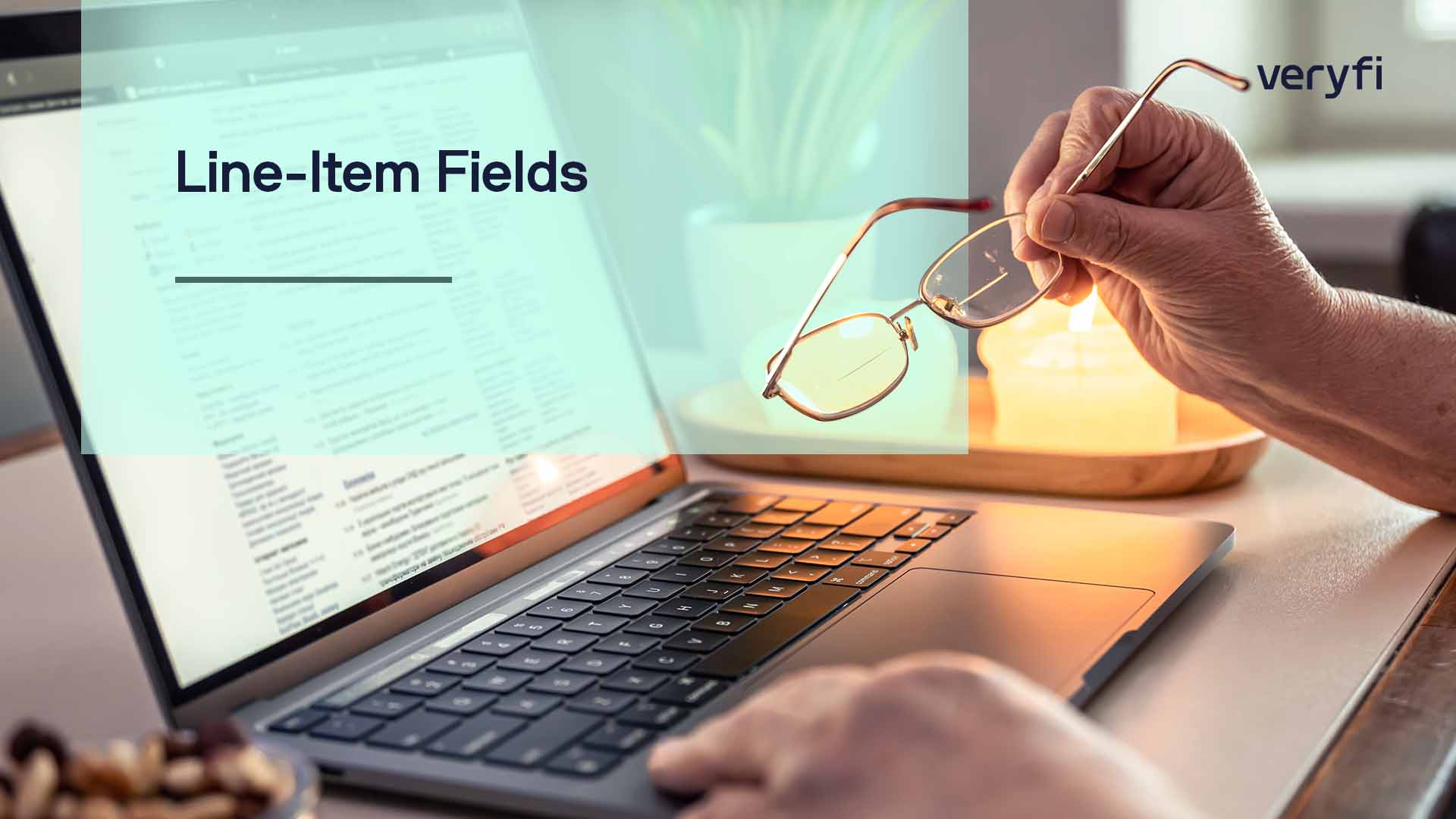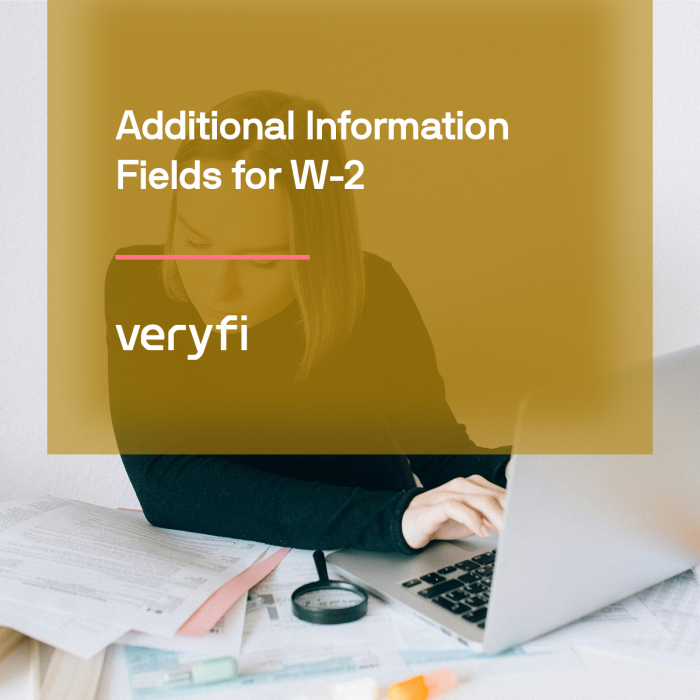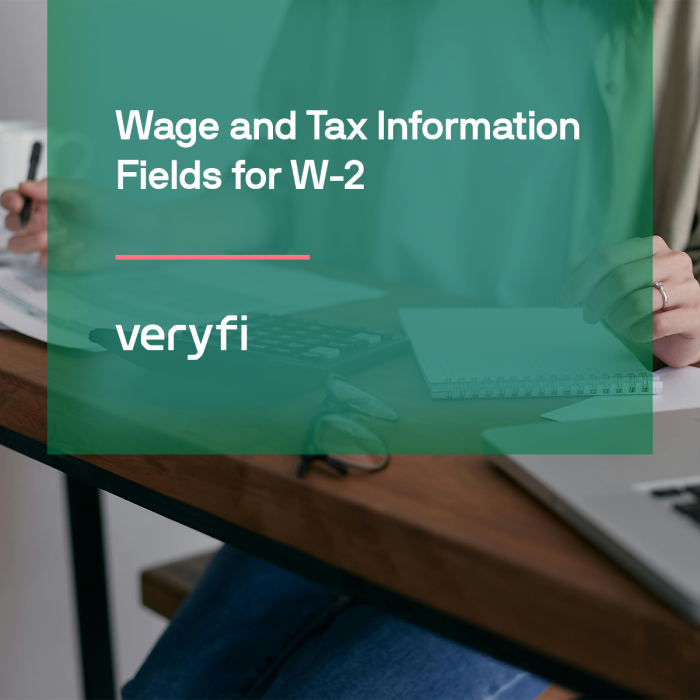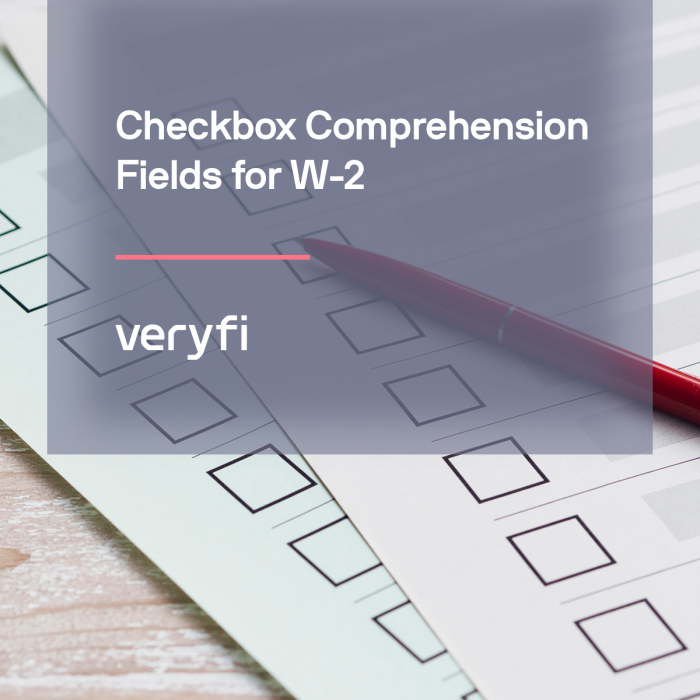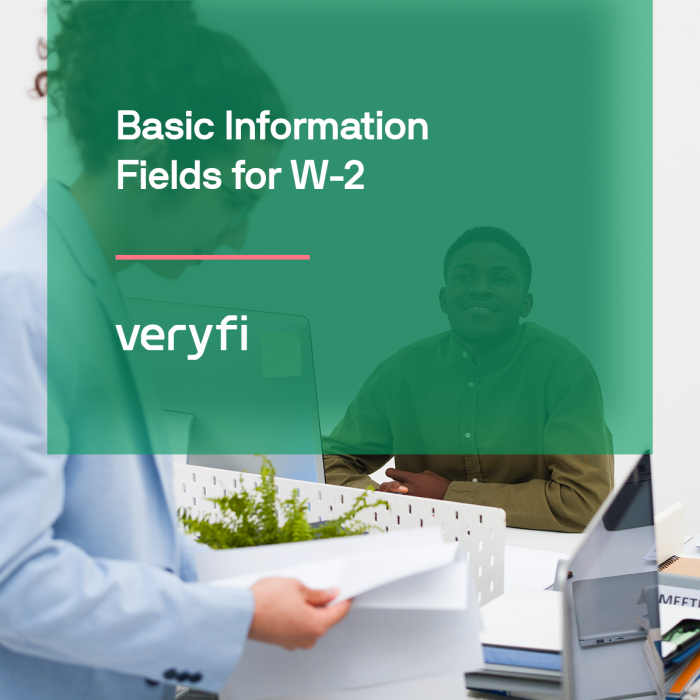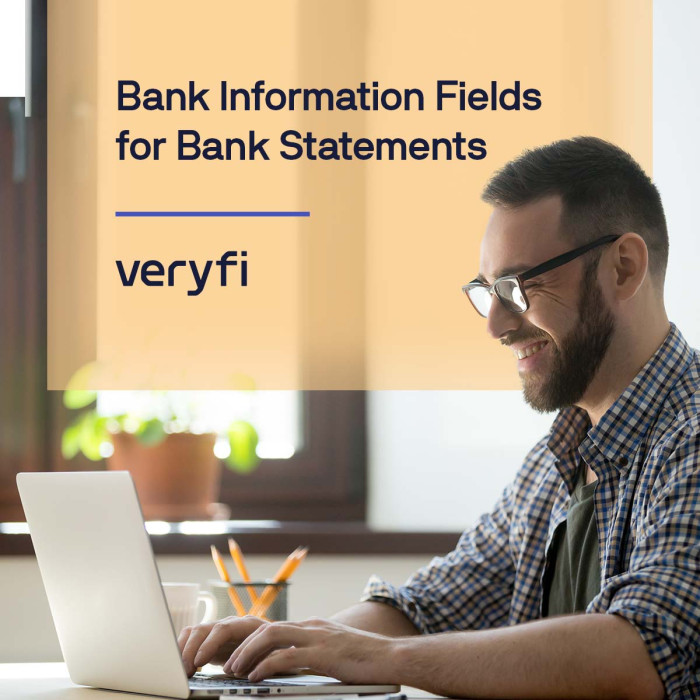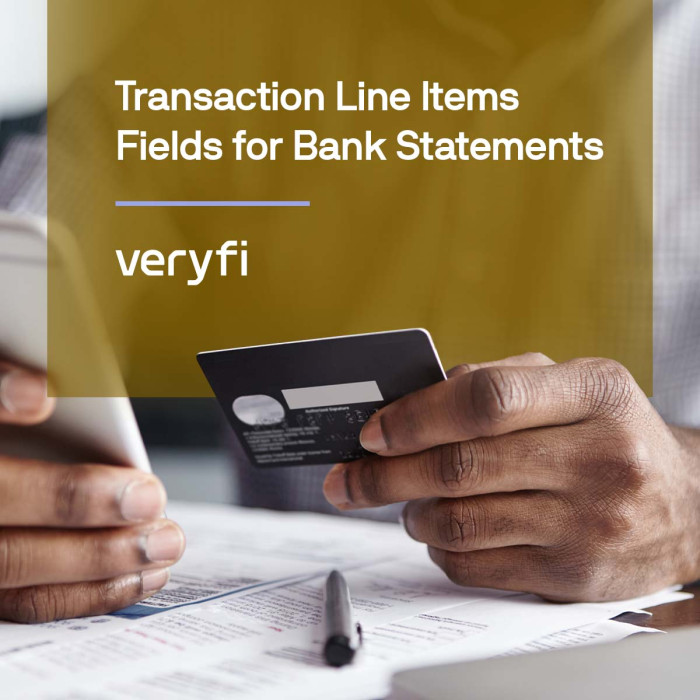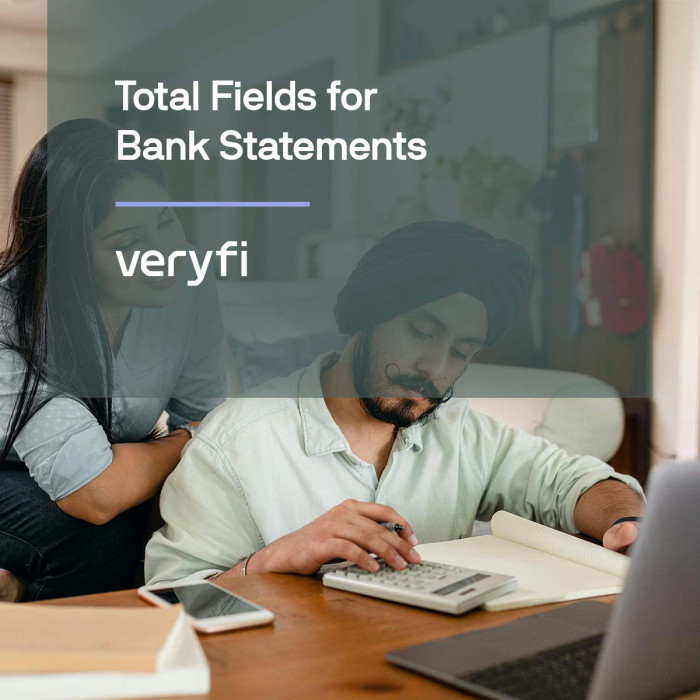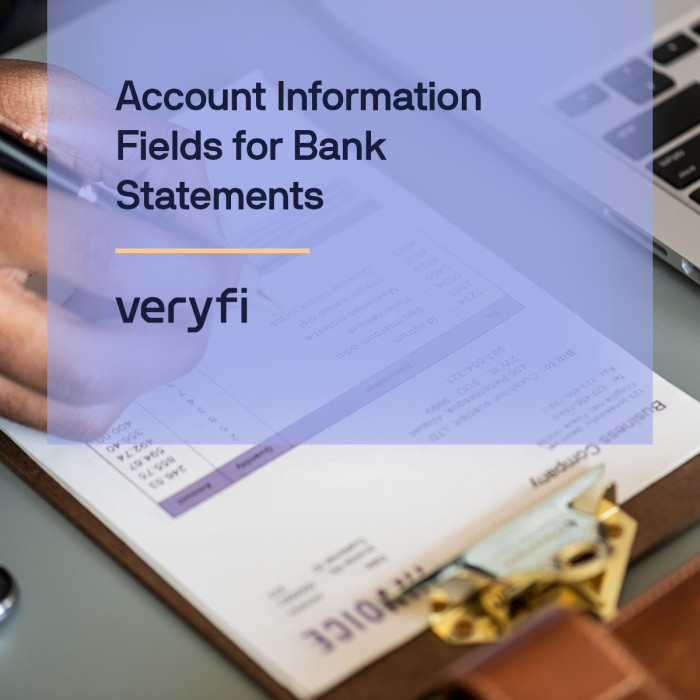The line-item fields, as described on the supported fields page, are readily available and fully functional from the outset. This comprehensive set of data points holds significant potential across various domains, particularly in FinTech and CPG Loyalty programs. The line-item fields offer a wealth of additional information, enabling deeper insights and facilitating specific applications such as inventory management, analytics, tax planning, compliance, marketing, sales analytics, logistics, quality control, and recalls.
Notable examples of these financial fields include:
- Date
- SKU (Stock keeping unit)
- UPC (Universal Product Code)
- HSN (Harmonized System Code/Number)
- Category
- Section
- Description
- Quantity
- Reference
- Unit of Measure
- Price
- Tax
- Tax Rate
- Discount
- Discount Rate
- Total
- Type (food, product, alcohol,..)
- Weight (eg. kg/lb)
- Start/End Date
- Country of Origin
- Lot number
Use Cases for Line-Item Fields
Here’s a brief run down of how you can use these line-item fields either in your app to take advantage of the wealth of data Veryfi OCR API provides.
| Field | Description | Insights & Intelligence | Application Type |
|---|---|---|---|
| Date | Date of the transaction | Track purchase history, analyze trends in spending | Expense management, analytics |
| SKU | Stock keeping unit | Track specific product variations, manage inventory | Inventory management, logistics |
| UPC | Universal Product Code | Identify and track specific products, streamline barcode scanning | Inventory management, retail |
| HSN | Harmonized System Code/Number | Classify and categorize products for customs and trade purposes | International trade, logistics |
| Category | Product category | Group and classify products, analyze spending patterns | Expense management, analytics |
| Section | Section or department of the store | Analyze sales performance by store sections or departments | Retail analytics, merchandising |
| Description | Product description | Identify products, match with receipts or invoices | Expense management, analytics |
| Quantity | Number of items purchased | Track quantity sold, manage inventory levels | Inventory management, analytics |
| Reference | Reference or order number | Associate transactions with specific references or orders | Order tracking, reconciliation |
| Unit of Measure | Unit of measurement (e.g., kg/lb) | Standardize measurement units for products | Inventory management, analytics |
| Price | Price per unit | Analyze cost of individual items, calculate total cost | Expense management, analytics |
| Tax | Tax amount | Track tax expenses, calculate tax liabilities | Tax planning, compliance |
| Tax Rate | Rate of tax applied | Understand tax calculations, compare tax rates | Tax planning, compliance |
| Discount | Discount amount | Assess cost savings, evaluate discount effectiveness | Expense management, budgeting |
| Discount Rate | Rate of discount applied | Analyze discount patterns, compare discount rates | Expense management, budgeting |
| Total | Total cost including all charges | Track overall expenses, calculate total payments | Expense management, budgeting |
| Type | Type of product (e.g., food, product, alcohol) | Categorize products based on type for analysis and reporting | Inventory management, analytics |
| Weight | Weight of the product | Calculate shipping costs, manage inventory based on weight | Logistics, inventory management |
| Start/End Date | Start and end date of a promotion or offer | Track promotional periods, analyze the impact of discounts or special offers | Marketing, sales analytics |
| Country of Origin | Country where the product originated | Identify product source, analyze supply chain or import/export patterns | International trade, logistics |
| Lot number | Unique identifier for a specific batch | Traceability of products, track quality control, manage recalls | Quality control, recalls |
FinTech Apps
Many of the fields from the line-item data can be utilized in building fintech accounting programs. Here’s how some of these fields can be valuable for accounting purposes:
- Date: The transaction date is essential for accurate bookkeeping, enabling fintech accounting programs to organize and record transactions chronologically, track payment due dates, and generate financial statements with the correct time frame.
- SKU and UPC: While these fields are more relevant to inventory management, they can still be used in fintech accounting programs to link specific products to their corresponding financial transactions, aiding in tracking inventory costs, valuation, and cost of goods sold (COGS).
- Category and Section: Categorizing products helps in allocating expenses to the appropriate accounts or cost centers. It enables fintech accounting programs to automatically classify transactions based on the defined categories, simplifying the bookkeeping process.
- Quantity and Price: Fintech accounting programs can use these fields to calculate the cost of goods sold (COGS) and maintain accurate inventory records. Quantity and price information also assist in inventory valuation methods like FIFO (First-In, First-Out) or LIFO (Last-In, First-Out).
- Total: The total cost of the transaction is crucial for accurate financial recording, as it represents the amount that should be debited or credited to the appropriate accounts. It is the basis for generating financial statements and calculating profit or loss.
- Tax and Tax Rate: Fintech accounting programs need tax-related information to properly account for taxes payable or receivable, calculate tax liabilities, and generate accurate tax reports. The tax rate is necessary for determining the tax amount associated with each transaction.
- Discount and Discount Rate: While discounts may not have a direct impact on accounting entries, fintech accounting programs can use this information for financial analysis, evaluating the effectiveness of discounts, and assessing the overall impact on revenue and profitability.
- Type: Categorizing transactions by type (e.g., food, product, alcohol) allows fintech accounting programs to segregate and classify expenses based on different accounts or expense categories. This helps in generating accurate financial reports and analyzing expenses by type.
These fields can contribute to automating the accounting process, ensuring accurate financial recording, simplifying categorization, facilitating inventory management, calculating costs, and generating various financial reports. Fintech accounting programs can leverage this data to streamline bookkeeping tasks, provide real-time financial insights, and assist businesses in maintaining accurate and compliant financial records.
CPG Loyalty Programs
Several of the fields from the line-item data can be used in loyalty and consumer packaged goods (CPG) programs that rely on receipt data. Here are some fields and how they can be valuable for loyalty programs and gaining insights into consumer spending behavior:
- Date: The date of the transaction can provide information about purchase frequency and timing, enabling loyalty programs to reward customers based on their engagement and encourage repeat purchases.
- SKU and UPC: These fields help identify specific products purchased, allowing loyalty programs to track individual product preferences and offer personalized rewards or promotions based on customers’ preferred items.
- Category and Section: Categorizing products and identifying the store section where they were purchased provides insights into customers’ shopping habits and preferences. Loyalty programs can leverage this information to tailor rewards, offer discounts on related products, or personalize recommendations.
- Quantity and Price: By analyzing the quantity and price of items purchased, loyalty programs can calculate point accruals or offer discounts based on spending thresholds. This incentivizes customers to spend more to earn greater rewards.
- Total: The total cost of the transaction is crucial for loyalty programs to determine points accrual or offer cashback rewards based on spending thresholds or specific purchase amounts.
- Type: Categorizing products by type, such as food, product, or alcohol, helps loyalty programs tailor rewards and offers based on specific product categories that align with customer preferences.
- Discount and Discount Rate: Loyalty programs can leverage discount information to track savings, provide bonus rewards based on the value of discounts applied, or offer targeted discounts on future purchases.
- Start/End Date: If certain promotions or offers are tied to specific timeframes, loyalty programs can use the start and end dates to validate eligibility and provide rewards or incentives for participating in those promotions.
These fields can be instrumental in validating purchases, tracking consumer spending behavior, personalizing rewards, and offering targeted promotions within loyalty and CPG programs. They allow program managers to understand consumer preferences, incentivize desired behaviors, and deliver a more personalized and engaging experience to customers.
Are your creative gears turning yet?
Consider this your catalyst for developing awe-inspiring fintech and cpg loyalty apps and tools that will captivate customers and leave them smitten.
In the words of Deloitte, “Data is the new gold.” Embrace the future with Veryfi and position yourself for unparalleled success. Unleash the power of data and embark on a journey of limitless possibilities. Let your imagination soar and forge a path to greatness with Veryfi by your side.
